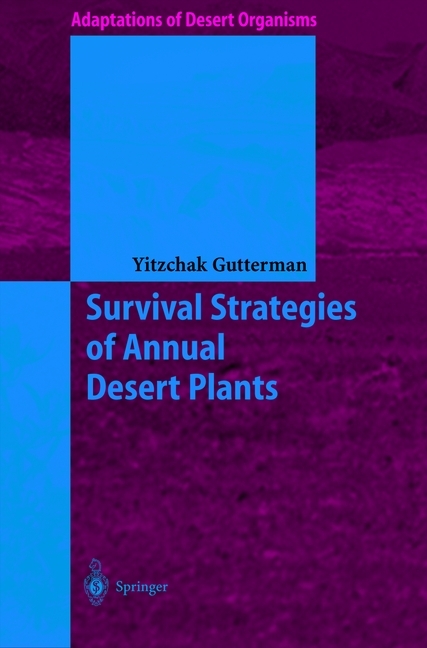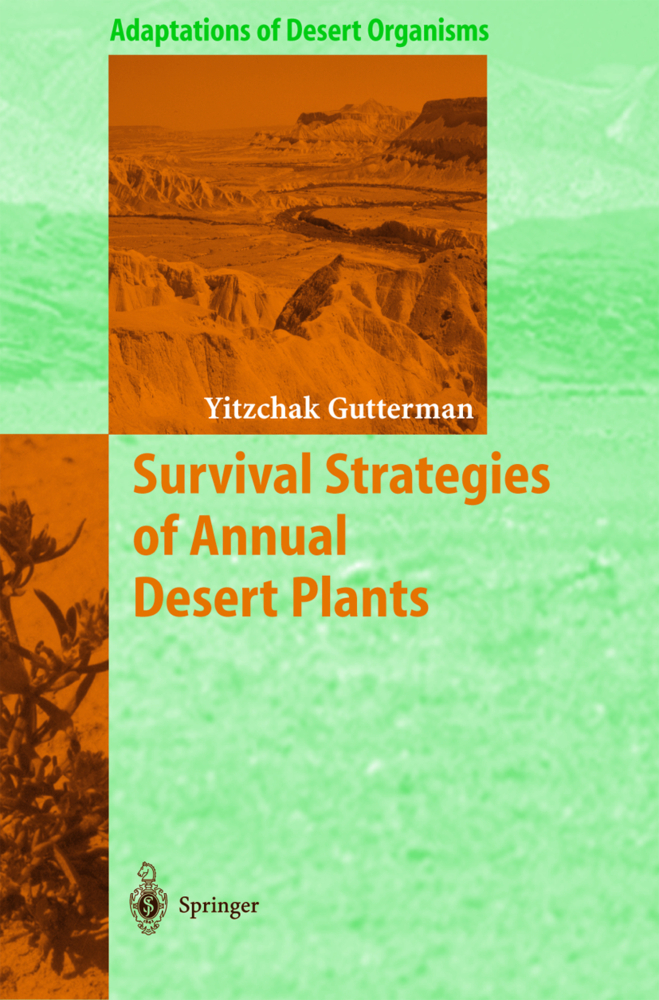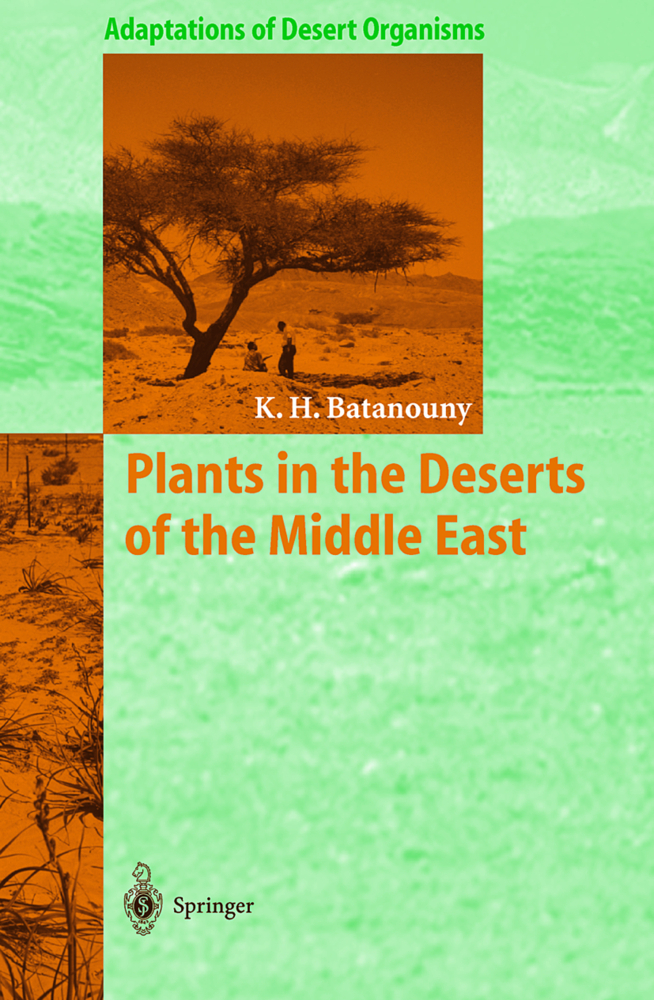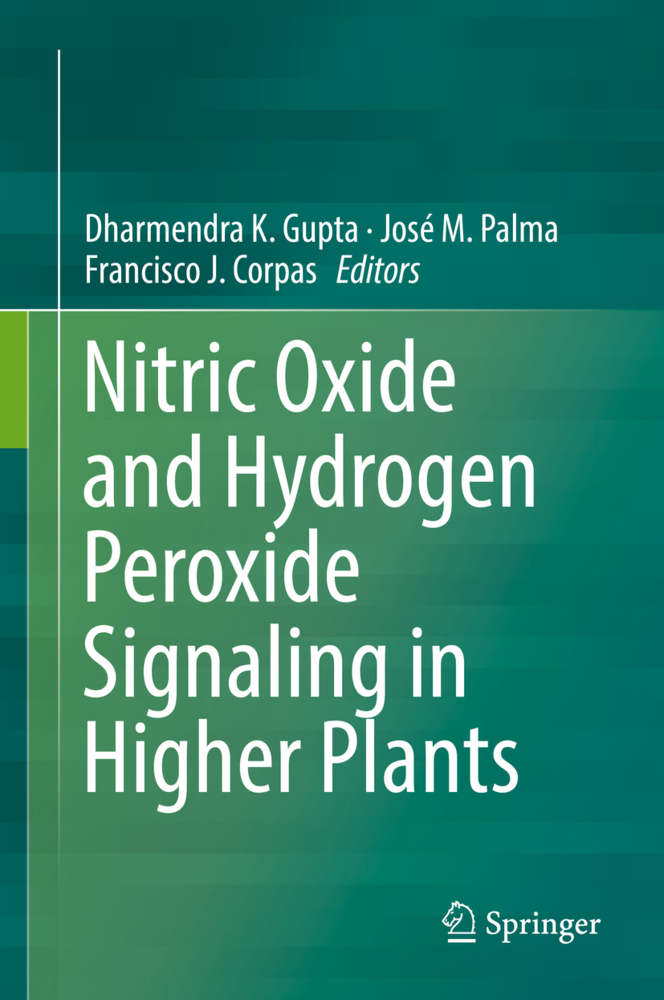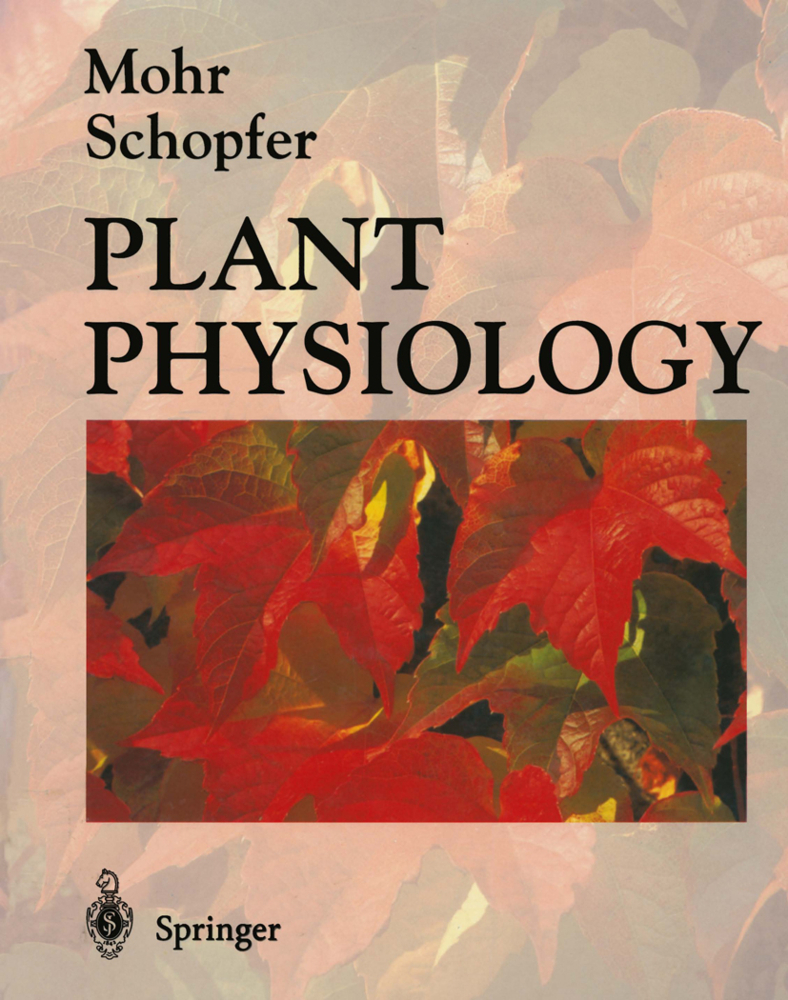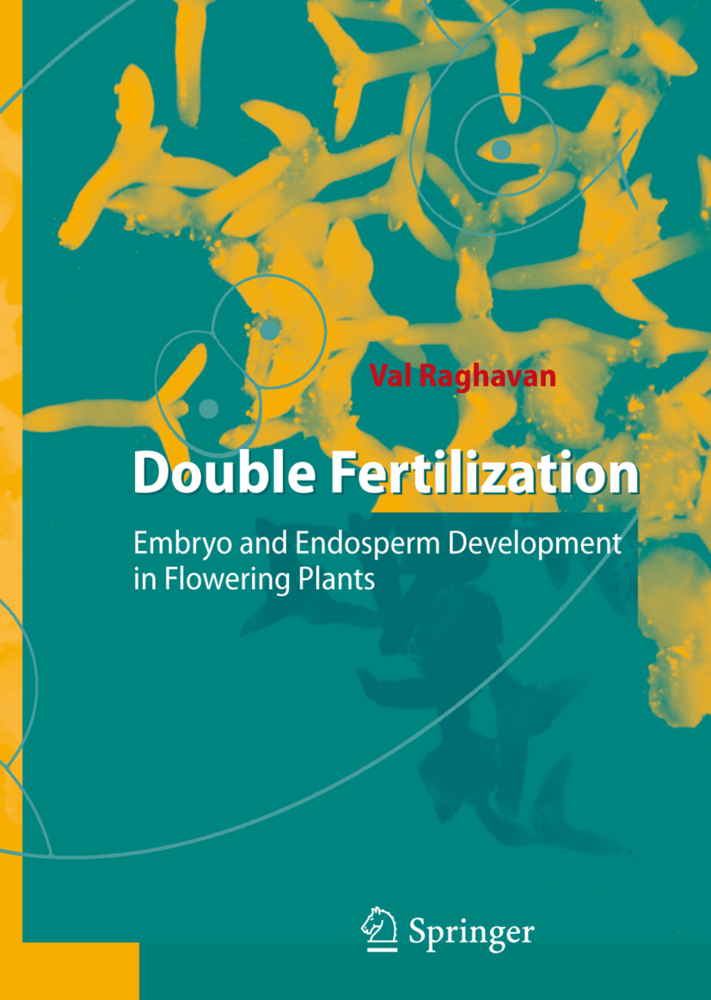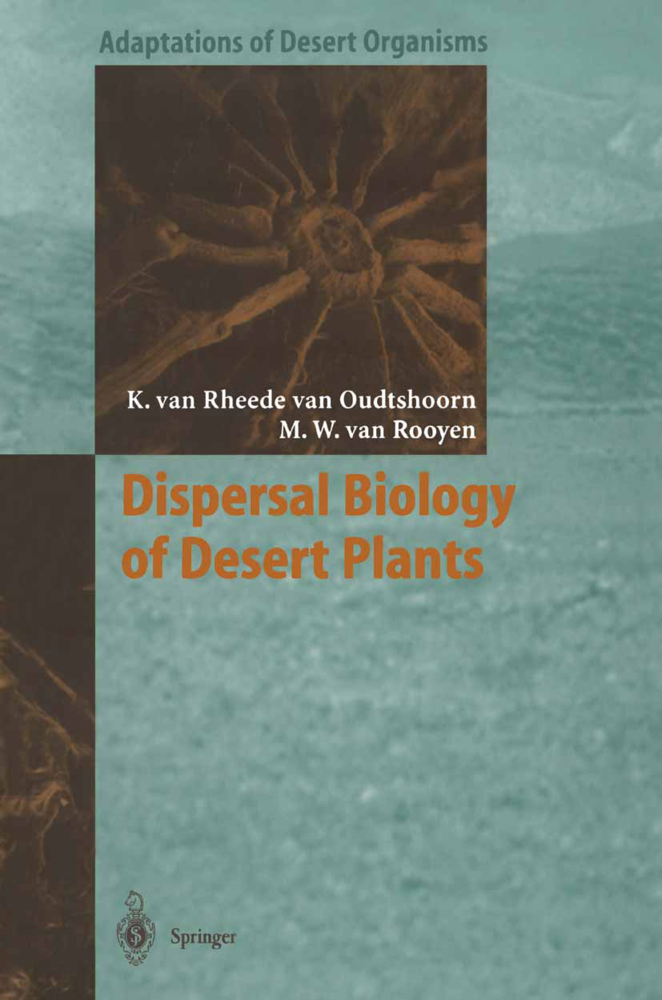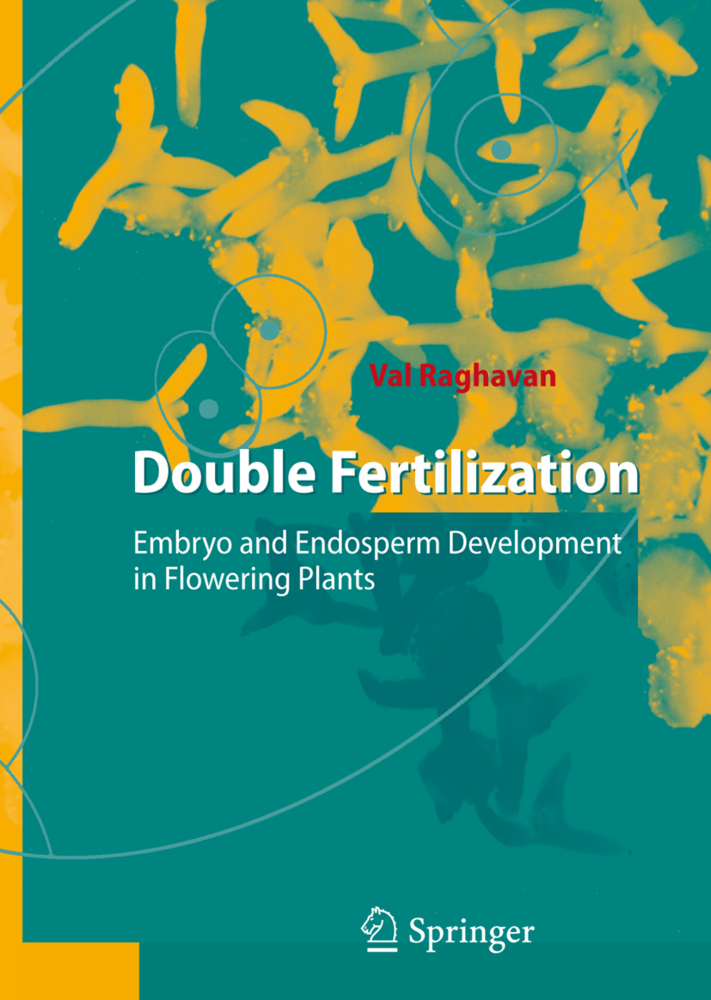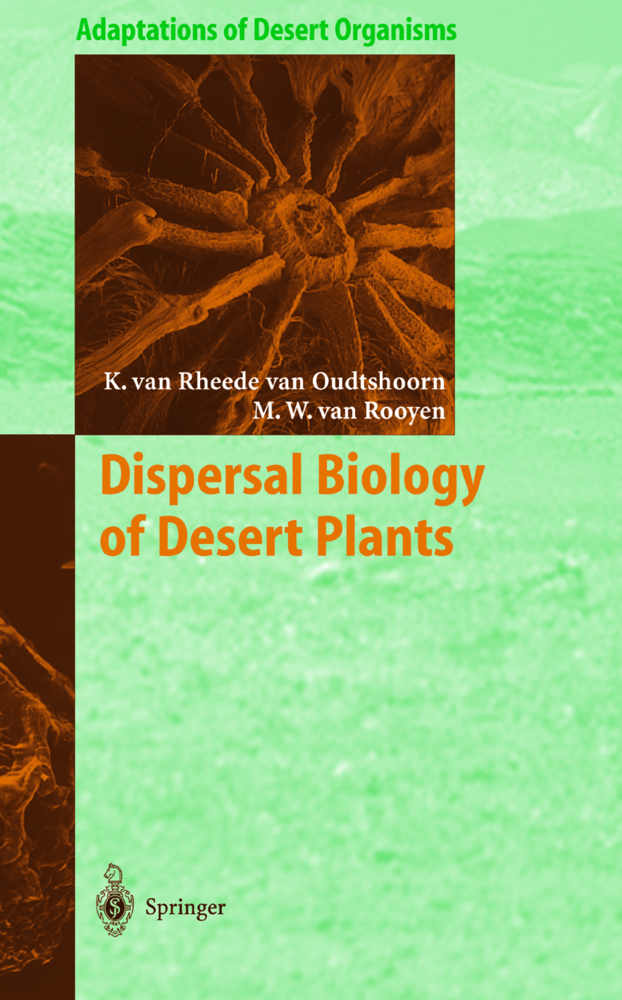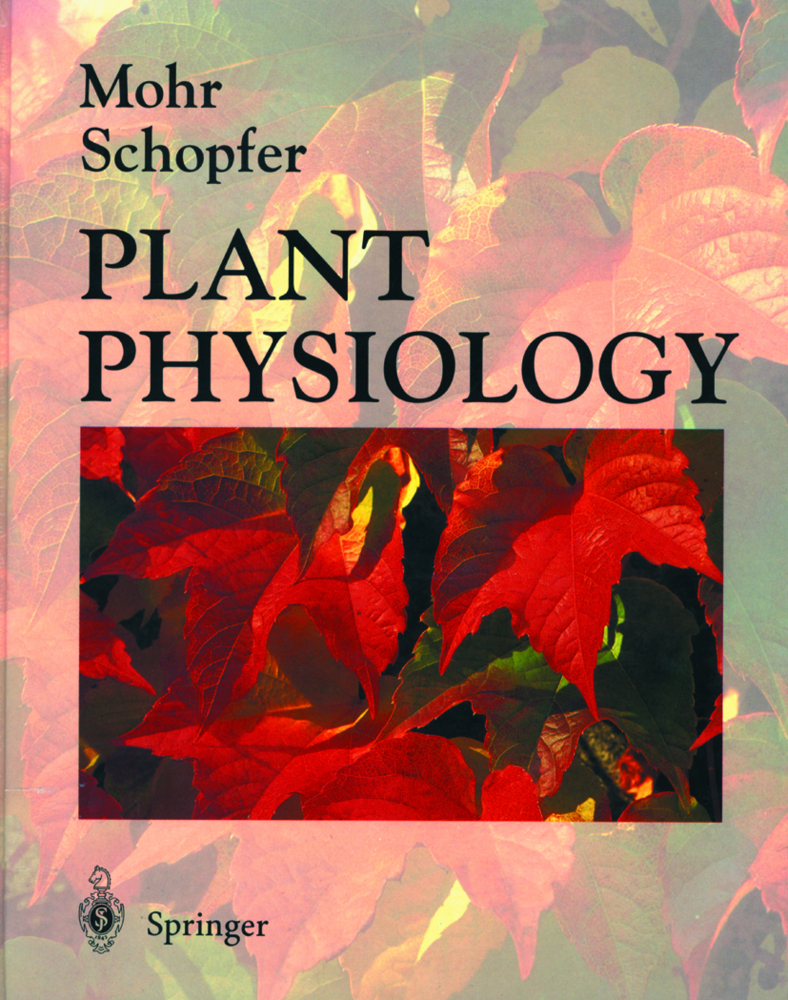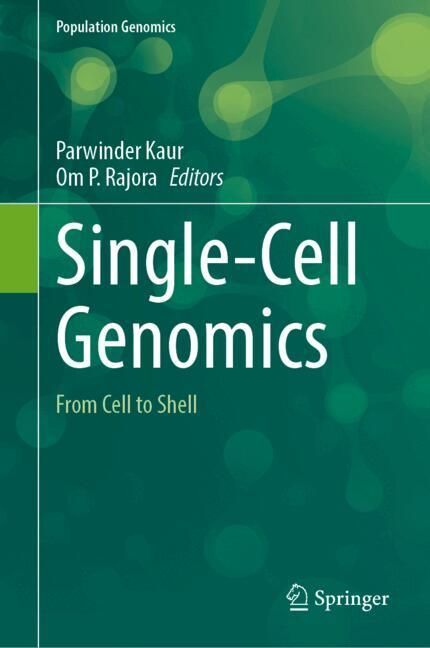Survival Strategies of Annual Desert Plants
Survival Strategies of Annual Desert Plants
Annual desert plant species of unrelated taxa in the Negev Desert of Israel have developed complementary sets of adaptations and survival strategies as ecological equivalents with physiological, morphological and anatomical resemblances, in the various stages of their life cycles. After 40 years of research in hot deserts Yitzchak Gutterman provides a comprehensive treatise of such adaptations and strategies. In doing so he covers the following topics: post-maturation primary seed dormancy, which prevents germination of maturing seeds before the summer; seed dispersal mechanisms with escape or protection strategies; cautious or opportunistic germination strategies; seedling drought tolerance. The day-length is an important factor in regulating flowering as well as the phenotypic plasticity of seed germination which is also affected by maternal factors.
1.2 Plant Adaptation and Survival Strategies
1.3 The Negev Desert
1.4 Conclusion
2 Flowering Strategies
2.1 Introduction
2.2 Flowering Adaptations and Strategies of Perennial Plants
2.3 Flowering Adaptations and Strategies of Selected Annual Plants
2.4 Conclusion
3 Strategies of Phenotypic Plasticity of Germination During Seed Development and Maturation
3.1 Introduction
3.2 Environmental Factors Affecting Phenotypic Germination Plasticity
3.3 Seed Position on the Mother Plant During Seed Development and Maturation Affecting Seed Germination
3.4 Desiccation Tolerance of Maturing Seeds
3.5 Conclusion
4 Strategies of Phenotypic Plasticity of Germination: Dormancy After Seed Maturation
4.1 Introduction
4.2 Post Maturation Environmental Influences on Dry Seed Primary Dormancy (After-Ripening)
4.3 Periods of Storage of Dry Seeds at High Temperatures Affecting Primary Dormancy in Seeds of Different Plant Species
4.4 Post Maturation Phenotypic Germination Plasticity of Hard Seeds
4.5 Post-Maturation Supra-optimal Temperatures Affecting Germination of Wet Seeds, and Thermodormancy
4.6 Conclusion
5 Seed Dispersal Adaptations and Strategies
5.1 Seed Consumption, Plant Adaptations and Strategies of Seed Dispersal
5.2 One-Season Winter Annuals and Seed Dispersal Seasons
5.3 Bi-seasonal Annuals and Seed Dispersal by Wind
5.4 Conclusion
6 Germination Adaptations, Strategies and Influences on Germination During Seed Wetting
6.1 Introduction
6.2 Fitness to Habitats and Range of Temperatures for Germination of some Plants Occurring in the Negev
6.3 Environmental Factors During Seed Wetting and Germination During the Season with Rain
6.4 Conclusion
7 Embryo and Seedling Survival and Plant Development
7.1 Introduction
7.2 Seedling Drought Tolerance and Survival
7.3 Amounts of Water Affecting Seedling Survival
7.4 Conclusion
8 Summary of the Complementary Sets of Survival Strategies of Some Common Species of the Negev Desert That Have Been Studied in Detail
8.1 Introduction
8.2 The Complementary Sets of Adaptation and Survival Strategies
8.3 Conclusion
References
Index of Latin Names.
1 The Desert Biome, Survival Adaptations and Strategies of Annual Plant Species
1.1 Introduction1.2 Plant Adaptation and Survival Strategies
1.3 The Negev Desert
1.4 Conclusion
2 Flowering Strategies
2.1 Introduction
2.2 Flowering Adaptations and Strategies of Perennial Plants
2.3 Flowering Adaptations and Strategies of Selected Annual Plants
2.4 Conclusion
3 Strategies of Phenotypic Plasticity of Germination During Seed Development and Maturation
3.1 Introduction
3.2 Environmental Factors Affecting Phenotypic Germination Plasticity
3.3 Seed Position on the Mother Plant During Seed Development and Maturation Affecting Seed Germination
3.4 Desiccation Tolerance of Maturing Seeds
3.5 Conclusion
4 Strategies of Phenotypic Plasticity of Germination: Dormancy After Seed Maturation
4.1 Introduction
4.2 Post Maturation Environmental Influences on Dry Seed Primary Dormancy (After-Ripening)
4.3 Periods of Storage of Dry Seeds at High Temperatures Affecting Primary Dormancy in Seeds of Different Plant Species
4.4 Post Maturation Phenotypic Germination Plasticity of Hard Seeds
4.5 Post-Maturation Supra-optimal Temperatures Affecting Germination of Wet Seeds, and Thermodormancy
4.6 Conclusion
5 Seed Dispersal Adaptations and Strategies
5.1 Seed Consumption, Plant Adaptations and Strategies of Seed Dispersal
5.2 One-Season Winter Annuals and Seed Dispersal Seasons
5.3 Bi-seasonal Annuals and Seed Dispersal by Wind
5.4 Conclusion
6 Germination Adaptations, Strategies and Influences on Germination During Seed Wetting
6.1 Introduction
6.2 Fitness to Habitats and Range of Temperatures for Germination of some Plants Occurring in the Negev
6.3 Environmental Factors During Seed Wetting and Germination During the Season with Rain
6.4 Conclusion
7 Embryo and Seedling Survival and Plant Development
7.1 Introduction
7.2 Seedling Drought Tolerance and Survival
7.3 Amounts of Water Affecting Seedling Survival
7.4 Conclusion
8 Summary of the Complementary Sets of Survival Strategies of Some Common Species of the Negev Desert That Have Been Studied in Detail
8.1 Introduction
8.2 The Complementary Sets of Adaptation and Survival Strategies
8.3 Conclusion
References
Index of Latin Names.
Gutterman, Yitzchak
| ISBN | 978-3-642-62778-1 |
|---|---|
| Artikelnummer | 9783642627781 |
| Medientyp | Buch |
| Auflage | Softcover reprint of the original 1st ed. 2002 |
| Copyrightjahr | 2012 |
| Verlag | Springer, Berlin |
| Umfang | XX, 348 Seiten |
| Abbildungen | XX, 348 p. |
| Sprache | Englisch |

